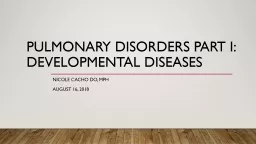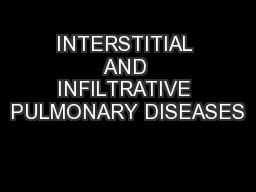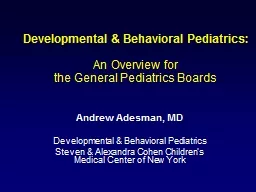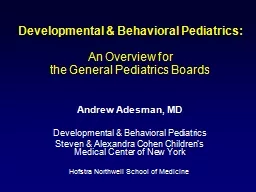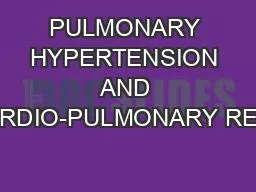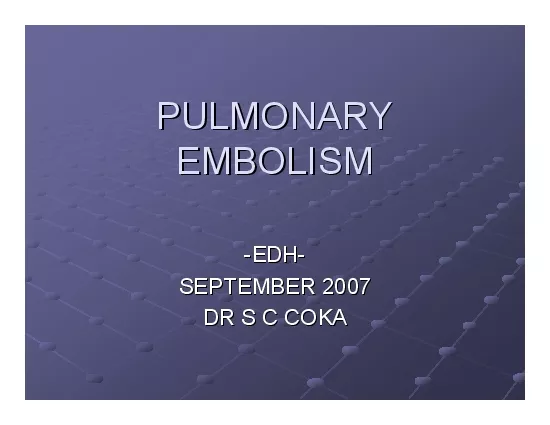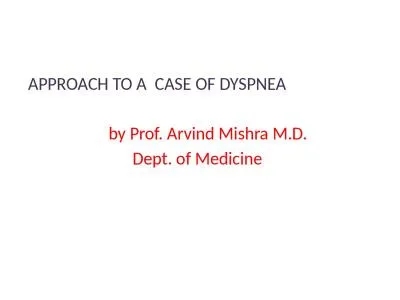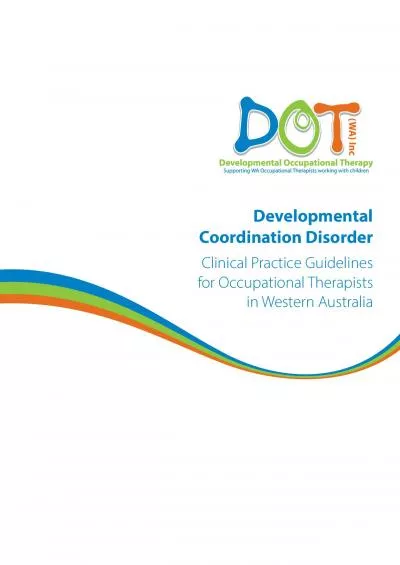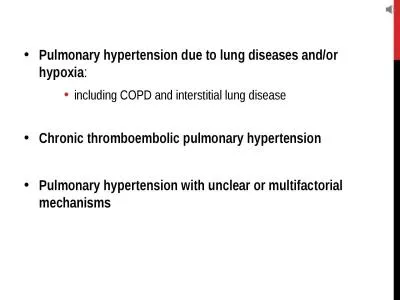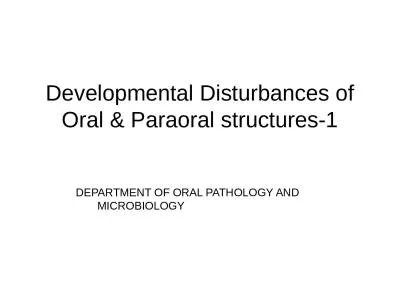PPT-Pulmonary Disorders Part I: Developmental Diseases
Author : sherrill-nordquist | Published Date : 2020-04-04
Nicole Cacho Do MPH August 16 2018 Objectives Discuss Following Developmental Diseases of Neonatal Lung Pulmonary Dysplasia Congenital Diaphragmatic Hernia Capillary
Presentation Embed Code
Download Presentation
Download Presentation The PPT/PDF document " Pulmonary Disorders Part I: Development..." is the property of its rightful owner. Permission is granted to download and print the materials on this website for personal, non-commercial use only, and to display it on your personal computer provided you do not modify the materials and that you retain all copyright notices contained in the materials. By downloading content from our website, you accept the terms of this agreement.
Pulmonary Disorders Part I: Developmental Diseases: Transcript
Download Rules Of Document
" Pulmonary Disorders Part I: Developmental Diseases"The content belongs to its owner. You may download and print it for personal use, without modification, and keep all copyright notices. By downloading, you agree to these terms.
Related Documents

